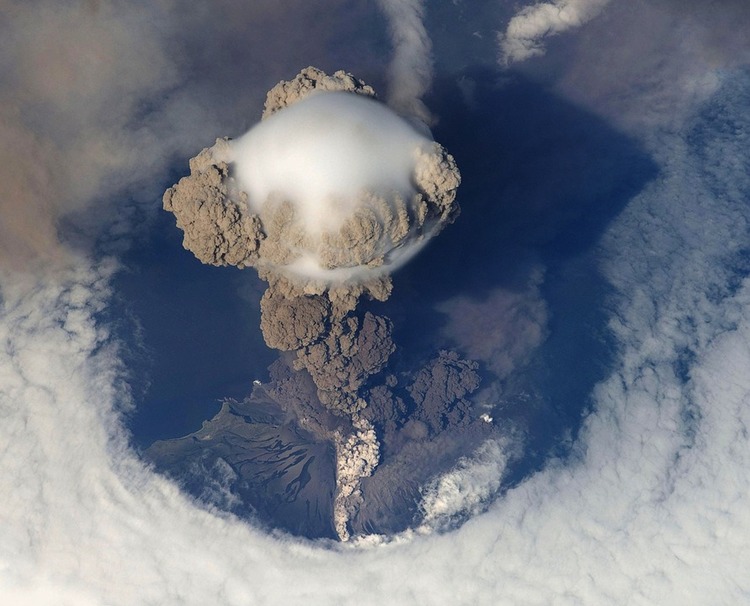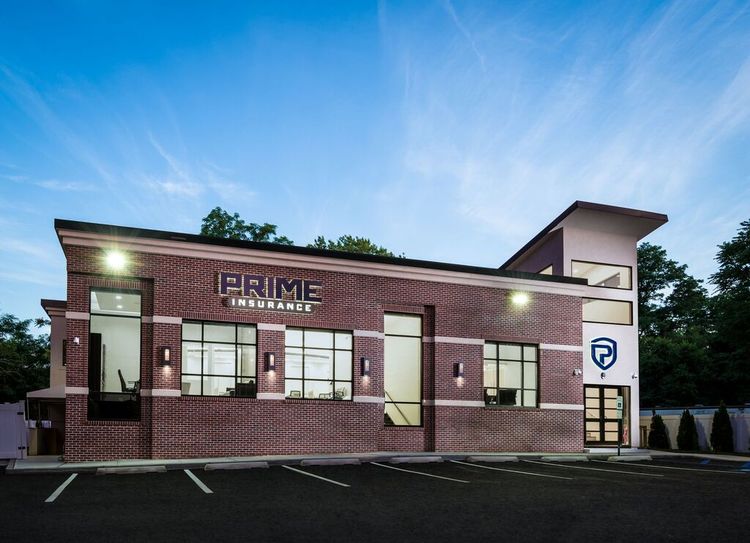
Volcanoes: Insurance Facts and More
- While volcano insurance is not available, those in risky spots should consider an all-risk policy that can cover related hazards that are excluded in a standard Homeowners insurance policy.
- Volcanoes are openings within the surface of the earth. Typically located in mountains, volcanoes release gas, hot magma and ash.
- Magma is the hot fluid within the volcano. After leaving the volcano, magma is known as lava.
- Lava reaches up to 1,250 degrees Celsius and has the ability to burn anything in its trail.
- Roughly 350 million people around the globe reside within a danger radius of active volcanic activity.
- Viewed as one of three classes, a volcano can be active, dormant or extinct. An active volcano is one that has steady activity, a dormant volcano has been active but is now still, and an extinct volcano has been inactive for so much time that it probably will not erupt in the future.
- Soil close to a volcano is rich and fertile; this may explain why people choose to reside in the area.
- In May of 2018, Hawaii’s Kilauea Volcano erupted, leaving residents of the Big Island in devastation, with homes, vehicles and property extensively damaged and the further threat of looming volcanic explosion.

PRIME Insurance is a three-generation family-run independent agency. We’re proud partners with many of the leading companies in the industry – big names such as ACE, ASI, ASSURANT, CHUBB, CNA, Employers, FOREMOST, Liberty Mutual, MetLife, PROGRESSIVE, Safeco, StillWater, Travelers, USLI, ZURICH and more. This gives us the ability to provide all forms of nationwide coverage at competitively lowest quotes. Visit us on our online insurance website; email us at PRIME [at] primeins [dot] com or call us at 732-400-5242.
Summary: Hawaii’s Kilauea Volcano has brought losses, damages and heartache to the people of the Big Island and a focus on the topic of volcanic eruptions. Prime Insurance puts a spotlight on interesting related facts.


Discussion
There are no comments yet.